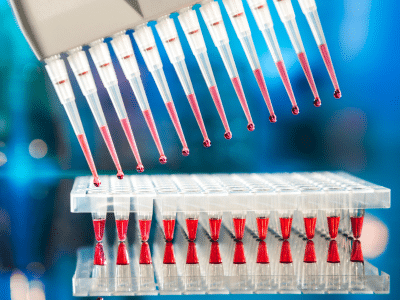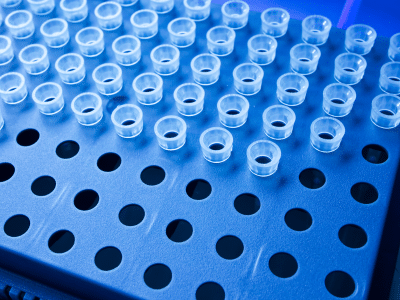How to do a microbiota analysis? And how to facilitate its analysis?
What is the microbiota?
The word microbiota is made up of two words: micro which refers to the measurement scale of the micrometer (1 m = 10-6 m) and therefore to a microscopic element, and biota which means a set of organisms. We can therefore define the microbiota as a set of microorganisms living in community, these microorganisms are composed of bacteria, viruses, parasites, fungi …
For a human being of an average height of 1.70 m and 70 kg, the microbiota can represent up to 5 kg. It can be found in all areas of the human body (mouth, skin, genitals…) but it is in the intestinal tract that it is developed in the most important and most diversified way. For each individual, we can find more than 160 different microbial species and only half of them are shared between two individuals. This means that everyone has his own microbiota.
The intestinal microbiota is involved in essential functions at the level of digestion, metabolism, immunity and neurology of the individual. It thus participates in the protection of the individual against pathogenic attacks, the assimilation of nutrients and the synthesis of vitamins. Among all the microorganisms, only 15 to 20 species are in charge of the essential functions of the microbiota.
What is a diseased microbiota?
The intestinal microbiota can be altered during life, this is called a dysbiosis. This alteration is linked to an imbalance in the microbial populations that make up the microbiota: some disappear while others become the majority. The diversity of the microbiota can also be reduced, leaving only a few families of microorganisms that can no longer ensure the essential functions of the body.
The reasons for its alterations are multifactorial but we can retain several environmental factors such as changes in lifestyle (sedentary lifestyle, industrial food…) or the taking of antibiotics repeatedly killing the microorganisms constituting the microbiota which then has difficulty in reconstituting itself. Genetic factors can also come into play.
The disturbance of the intestinal microbiota is a comorbidity of neuropsychiatric and neurodevelopmental disorders (autism or Alzheimer), obesity, diabetes or chronic inflammatory bowel diseases (Crohn’s disease).
How to facilitate the analysis of the microbiota?
Microbiological analysis of the microbiota is therefore an important and increasingly developed step in medical analysis laboratories to determine the quality of the intestinal microbiota and adapt treatments to cure these dysbioses.
LABELIANS offers a complete range of products that fit perfectly into the preparation protocol of the intestinal microbiota analysis:
- Step 1: sample collection with the RollBag range:
Sample collection is an important step in the analysis. The RollBag range guarantees the integrity of the faeces collection as well as the handling in sterile condition during the analysis, thus maintaining the representativeness of the individual’s microbiota.
- Step 2: weighing and dilution of faeces with the Pipet&Roll and DiluFlow range:
The sample is weighed and diluted directly in the Pipet&Roll bag installed on the DiluFlow gravimetric dilutor. This equipment allows for precision and repeatability of the preparation while avoiding cross-contamination.
- Step 3: Blending the sample with the BagMixer range:
The bag containing the solid sample is directly transferred from the DiluFlow to the BagMixer paddle blender which avoids any contact of the faeces with the equipment and the operator. The blending allows the homogenization of the sample and the extraction of the microorganisms constituting the microbiota of the feces. The suspension thus obtained is ready for microbiological analysis (plating on Petri dishes, PCR, HPLC…).
This is just one of the many applications of the blender bag. It also reduces the volume of waste by switching to bagged solutions instead of bottles.
Consult LABELIANS to discover or test this range according to your needs.




